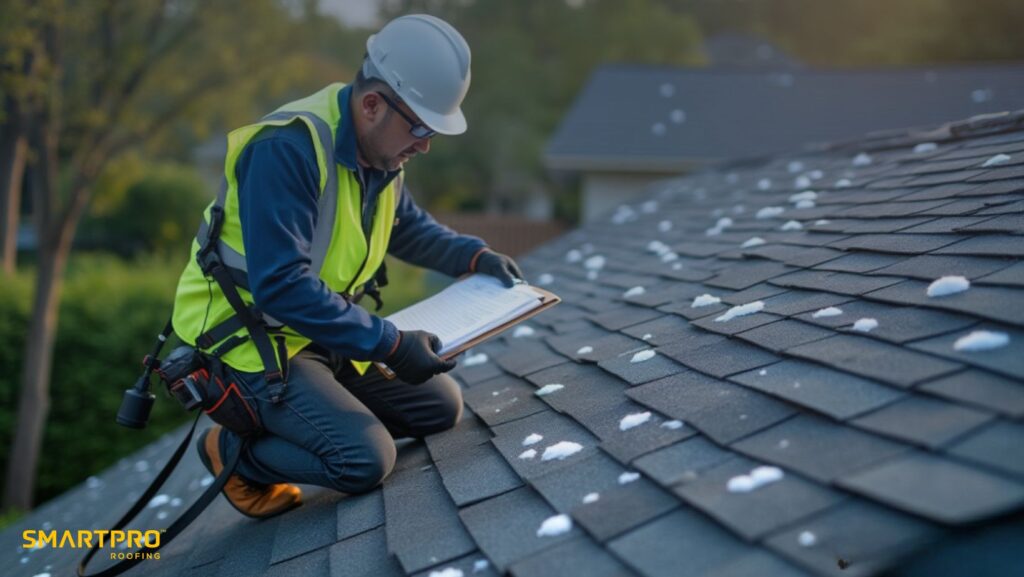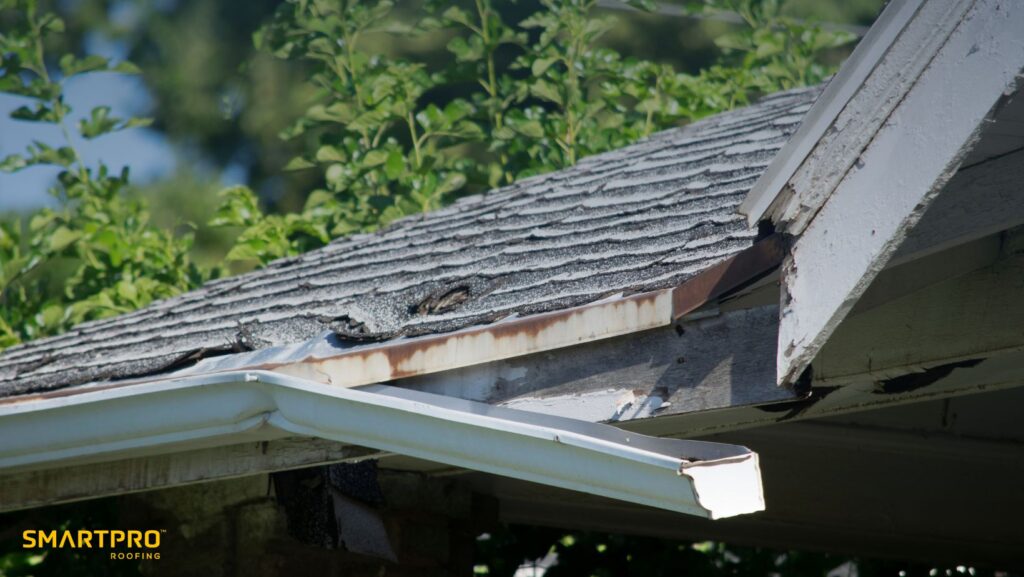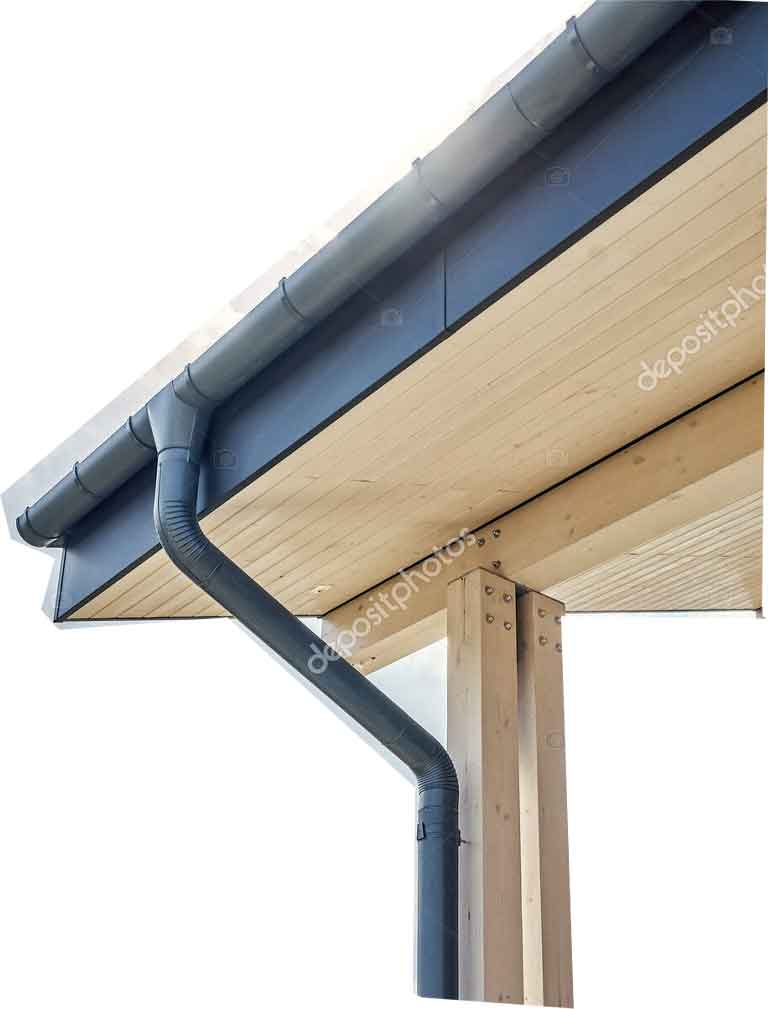Storm damage can strike without warning, leaving your home vulnerable and your finances uncertain. As a homeowner, understanding the insurance claims process can be the difference between a smooth recovery and months of stress. This article will guide you through everything you need to know about storm damage insurance claims, from recognizing the types of damage covered to working effectively with an adjuster. Whether you’ve suffered windstorm damage, hail damage, or water damage, you’ll find clear, practical steps to protect your home, navigate insurance companies, and get the coverage you deserve.
Outline
- What Is Storm Damage and How Does It Affect Your Home?
- What Does Storm Damage Insurance Cover?
- Types of Storm Damage Homeowners Should Watch For
- How the Insurance Claims Process Works for Storm Damage
- When and How to File a Storm Damage Insurance Claim
- The Role of the Adjuster in Your Claim
- Documenting Storm Damage for a Successful Claim
- Common Issues Homeowners Face with Insurance Companies
- The Importance of Understanding Your Insurance Policies
- How to Protect Your Home from Future Storm Damage
1. What Is Storm Damage and How Does It Affect Your Home?
Storm damage refers to harm caused to a property by severe weather conditions such as high winds, hail, flooding, or heavy rain. For a homeowner, the consequences can be devastating, from broken windows and roof leaks to significant structural damage. Property damage insurance claims often spike after a storm event, and many homeowners are surprised at the complexities of storm damage when it’s time to file a claim.
Storms can cause significant damage in just a few minutes. Damage to your home may be obvious, such as missing shingles or a flooded basement, or it may be hidden, like compromised roofing materials that could lead to water damage months later. Storm damage roof insurance is designed to help repair or replace affected areas quickly so that issues don’t worsen.
If your property suffers storm damage, acting fast is essential. Contact your insurance company as soon as possible to report the damage and start the claim process.
2. What Does Storm Damage Insurance Cover?

Storm damage insurance is part of many homeowners insurance policies, though the specifics vary widely. Most insurance companies cover damage caused by wind, hail, and certain types of water damage, but there are exceptions. For example, flooding often requires a separate flood insurance policy from the National Flood Insurance Program.
Your policy’s insurance coverage will outline what’s protected. Some plans include damage are covered for wind damage, hail damage, and exterior damage like siding, while others also cover interior damage resulting from a storm.
It’s important for a homeowner to understand that insurance companies may require proof that the loss is directly related to the storm. This means you must document any damage and keep videos of the damage or photos from multiple angles to support your claim.
3. Types of Storm Damage Homeowners Should Watch For
Knowing the types of storm damage will help you recognize problems before they worsen. Common examples include roof damage from high winds, hail damage claim situations where shingles are punctured, and flood damage in basements after heavy rains.
Certain types of water damage may not be covered unless you have flood insurance. Similarly, damage to the home from ice or snow may be excluded unless specified in your insurance policies.
Some storms can cause damage indirectly. For example, a fallen tree branch during a severe storm might break a window, leading to water damage inside. That’s why documenting storm damage promptly is crucial.
4. How the Insurance Claims Process Works for Storm Damage

The insurance claims process begins when a homeowner contacts their insurance provider to report damage. The insurance company will send an adjuster to evaluate the loss. This adjuster to assess the damage will determine whether the damage covered meets policy terms.
Filing your claim quickly is critical. Many homeowners policies require you to file a claim within a specific timeframe. During this phase, you’ll also receive instructions on how to make to prevent further damage, for example tarping a roof.
The company will send an adjuster who is responsible for assessing the damage. If you disagree with their findings, you may hire a public adjuster or consult a lawyer who specializes in insurance to protect your rights.
5. When and How to File a Storm Damage Insurance Claim
Timing is everything when you file a claim. Many homeowners delay contacting their insurance agent because they’re unsure of the extent of the damage as well. However, your home insurance claims will go more smoothly if you contact your insurance company as soon as possible to report the damage.
When filing a storm damage insurance claim, include all necessary evidence. Document the damage thoroughly and keep videos of the damage to strengthen your case. Remember, filing a storm damage claim late could give the insurer grounds to deny it.
Insurance companies have their own timelines, but it’s generally best to start the claim process right after the storm event.
6. The Role of the Adjuster in Your Claim
An adjuster plays a pivotal role in determining how much you’ll be paid for your loss. Whether it’s a company insurance adjuster or a public adjuster, their job is to assess the damage and verify that it’s related to the storm.
Sometimes the insurance company will likely under-assess the loss, which is when public insurance professionals can step in to negotiate. This is especially true in roofing insurance claims, where the damage might seem minor but requires extensive repairs.
As a homeowner, maintaining open communication with your insurance provider and adjuster can help avoid disputes later.
7. Documenting Storm Damage for a Successful Claim
Documenting storm damage is one of the most critical steps in a storm damage insurance claim. Take videos of the damage, snap damage from multiple angles, and keep receipts for any temporary repairs.
If your damage is typically severe, the insurer may send an adjuster multiple times to reassess. You can also request information for your insurance company in writing to track all correspondence.
Good documentation helps prove the damage are covered and prevents delays in payment.
8. Common Issues Homeowners Face with Insurance Companies
Dealing with insurance companies after storm damage can be frustrating. They might argue that the cause damage isn’t related to the storm, dispute the cost of repairs, or delay the claim process.
Sometimes insurance company may reimburse less than expected, particularly for certain types of damage like cosmetic issues. In such cases, contact a storm damage lawyer or public adjuster.
Remember, the state insurance department oversees insurer conduct, so you can file a complaint if necessary.
9. The Importance of Understanding Your Insurance Policies
Before a storm hits, review your homeowners insurance policies and any separate flood insurance policy you may have. Knowing what your insurance covers will save you stress later.
Insurance policies differ greatly, so the material you choose for your home’s construction, the region you live in, and the specific types of storm damage covered all affect your protection.
If unsure, ask your insurance agent for contact information for your insurance provider to clarify coverage.
10. How to Protect Your Home from Future Storm Damage

While you can’t stop storms, you can reduce their impact. Keep your roofing in good condition, schedule regular inspections, and trim trees near your home.
Consider upgrades like impact-resistant windows, reinforced doors, and proper drainage systems to prevent water damage. Preventive steps may also lower your home insurance premiums.
Ultimately, proactive maintenance can minimize property damage and make your next storm damage claim far less stressful.
Storm Damage Insurance Claim Checklist
When handling storm damage, staying organized and proactive ensures your claim goes smoothly. Follow these key steps:
- Report damage to your insurer immediately – Don’t wait; early reporting avoids delays and strengthens your claim.
- Document all damage with photos and videos – Capture shingles, siding, windows, and interior damage from multiple angles.
- Keep receipts for temporary repairs – Tarping a roof or fixing minor leaks? Save all receipts to include in your claim.
- Track all communication with your insurer – Log calls, emails, and letters to ensure transparency and accountability.
- Use SmartQuote to get an exact, insurance-ready roof replacement price online – Quickly generate a fully detailed estimate without waiting for in-person visits: Get your SmartQuote here.
Ready to see exactly what your roof replacement will cost and purchase it entirely online? Skip the in-home visits and sales pitch, get your free SmartQuote in just minutes: Start your SmartQuote now.











